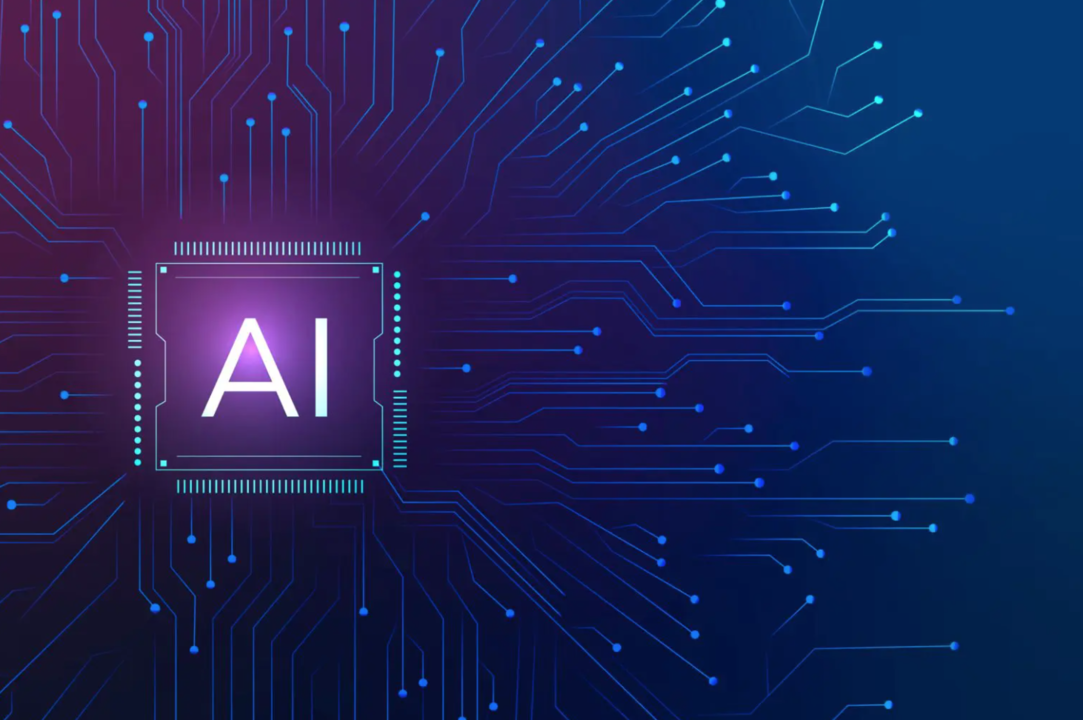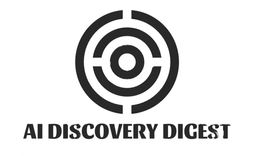Welcome to the future of workplace training – where artificial intelligence takes center stage in ensuring health and safety for all. In today’s rapidly evolving world, technology has become an integral part of our daily lives, revolutionizing various industries along the way. And now, it’s making its mark on how we train employees and keep them safe at work.
Imagine a training program tailored to each individual’s needs, adapting in real-time to their progress and providing personalized guidance. That’s precisely what AI-powered health and safety training brings to the table. By harnessing the power of machine learning algorithms, companies can create a safer working environment while enhancing employee knowledge and skills.
We will explore the numerous benefits of implementing AI in health and safety training programs. We’ll delve into examples of companies that are already reaping these rewards. Additionally, we’ll address common concerns surrounding AI in the workplace and highlight how this revolutionary technology can significantly improve workplace safety.
So buckle up as we venture into a world where machines collaborate with humans to ensure optimum knowledge transfer and safeguard against potential hazards. Let’s embrace this innovative approach that holds immense promise for creating safer workplaces across various industries!
Benefits of Implementing AI in Health and Safety Training
AI has revolutionized various industries, and the field of health and safety training is no exception. By leveraging AI-powered technologies, organizations can enhance their training programs and ensure a safer work environment for employees.
One significant benefit of implementing AI in health and safety training is its ability to provide personalized learning experiences. Traditional training methods often follow a one-size-fits-all approach, which may not effectively cater to individual needs. However, with AI algorithms analyzing data on each employee’s performance and areas for improvement, tailored training modules can be created that address specific skills gaps.
Another advantage of utilizing AI in this context is its ability to simulate real-life scenarios through virtual reality or augmented reality. These immersive experiences allow trainees to practice different safety protocols without exposing them to any actual risks. This hands-on approach enhances understanding and retention while giving employees the confidence they need when faced with similar situations in the workplace.
AI technology enables continuous monitoring throughout the training process. With sensors embedded in equipment or wearable devices worn by employees, real-time data can be collected regarding their actions and movements. This data allows trainers to identify potential hazards or risky behaviors early on so that corrective measures can be taken promptly.
By harnessing machine learning capabilities within AI systems, organizations can analyze vast amounts of historical incident data to identify patterns or trends that might have gone unnoticed otherwise. This analysis helps pinpoint areas where additional emphasis should be placed during training programs or where new preventive measures are required.

Examples of Companies Using AI for Health and Safety Training
AI-powered technology has revolutionized the way companies approach health and safety training in the workplace. Let’s take a look at some notable examples of organizations that have embraced this cutting-edge solution.
One such company is GE Appliances, which has implemented virtual reality and AI technologies to enhance their safety training programs. By simulating hazardous scenarios and providing real-time feedback, employees can practice emergency protocols without any actual risk involved.
Another example is Siemens, a global powerhouse in engineering and industrial automation. They have developed an AI-based platform called “Intelligent Safety Assistant” that uses computer vision algorithms to detect potential hazards on factory floors. This tool not only improves worker safety but also helps managers proactively identify areas for improvement.
In the healthcare industry, IBM Watson Health stands out as a pioneer in utilizing AI for training purposes. Their cognitive computing system analyzes vast amounts of medical data to provide personalized learning experiences for doctors, nurses, and other healthcare professionals.
These examples demonstrate how diverse industries are leveraging AI technology to optimize health and safety practices within their organizations. As more companies embrace these advancements, we can expect even greater improvements in workplace safety moving forward.
Addressing Concerns and Misconceptions about AI in the Workplace
As with any new technology, there are bound to be concerns and misconceptions surrounding its implementation in the workplace. Artificial intelligence is no exception. However, it is important to address these concerns head-on and dispel any misconceptions that may exist.
One common concern is the fear of job loss. Many people worry that AI will replace human workers, rendering their skills obsolete. While it’s true that AI can automate certain tasks, it should be seen as a complement to human workers rather than a replacement. By taking over repetitive or dangerous tasks, AI allows employees to focus on more complex and creative work.
Another misconception is that AI lacks empathy and understanding. Some believe that machines cannot effectively understand human emotions or respond appropriately in sensitive situations. However, advancements in natural language processing allow AI systems to analyze speech patterns and facial expressions to better interpret emotions.
It’s essential not only for organizations but also for individuals themselves to embrace technology like artificial intelligence if they want safer work environments! Addressing concerns about job displacement by emphasizing how humans can collaborate with machines instead of being replaced could help alleviate anxieties around this issue! Additionally focusing on transparency around privacy protections will go far toward building employee trust! With proper oversight measures an emphasis on ethics we can harness the power of technology while maintaining a safe and inclusive work environment!
How AI-Powered Training Can Improve Workplace Safety
AI-powered training has the potential to greatly enhance workplace safety by providing employees with personalized and interactive learning experiences. One way in which AI can improve safety is through its ability to simulate real-life scenarios, allowing workers to practice their skills in a safe and controlled environment.
By using AI algorithms, training programs can adapt to the individual needs of each employee, ensuring that they receive the specific information and guidance required for their role. This personalized approach allows workers to learn at their own pace and focus on areas where they may need additional support or improvement.
AI-powered training can provide real-time feedback and assessments, enabling employees to track their progress and identify any areas of weakness. This immediate feedback helps reinforce proper safety practices and encourages continuous improvement.
Another benefit of AI in workplace safety training is its ability to analyze large volumes of data quickly. By analyzing past incidents, near misses, or even video footage from surveillance cameras, AI algorithms can identify patterns or trends that may indicate potential hazards or risks. This information can then be used to develop targeted training programs that address these specific areas of concern.
Integrating AI into health and safety training promotes a proactive rather than reactive approach towards workplace safety. It empowers employees with knowledge and skills while leveraging technology’s capabilities for better risk management strategies.
Future Implications and Advancements in AI for Health and Safety Training
The future of AI in health and safety training holds immense potential for revolutionizing workplace safety practices. With advancements in technology, we can expect AI to play an even bigger role in ensuring the well-being of employees.
One key area where AI is expected to make a significant impact is in real-time monitoring. By using sensors and data analytics, AI systems can continuously monitor various parameters such as noise levels, temperature, air quality, and ergonomics. This allows for early detection of potential hazards or dangerous situations before they escalate into accidents or injuries.
Another exciting development is the use of virtual reality (VR) and augmented reality (AR) technologies for training purposes. These immersive experiences provide employees with realistic simulations of hazardous situations that they may encounter on the job. Through interactive scenarios, workers can practice their response skills and learn how to handle emergencies effectively without putting themselves at risk.
AI-powered systems can analyze vast amounts of data to identify patterns and trends related to workplace incidents. This helps organizations proactively address any potential risks by implementing preventive measures or modifying existing protocols accordingly.
It’s clear that the future implications of incorporating AI into health and safety training are promising indeed! From real-time monitoring to immersive VR/AR experiences, machine learning algorithms analyzing incident data to wearable devices providing live feedback – these advancements have the potential not only to prevent accidents but also to foster a culture of safety in the workplace.
The Importance of Embracing Technology for a Safer Work Environment
In today’s fast-paced and ever-evolving world, technology has become an integral part of our lives. From smartphones to smart homes, we are constantly surrounded by innovative advancements that aim to make our lives easier and safer. When it comes to workplace safety, the integration of AI-powered training is proving to be a game-changer.
By harnessing the power of artificial intelligence, companies can revolutionize their health and safety training programs. AI offers numerous benefits such as personalized learning experiences, real-time feedback, and predictive analytics that can identify potential risks before they occur. This not only improves the effectiveness of training but also ensures that employees have the knowledge and skills necessary to mitigate hazards in their work environment.
The examples provided earlier demonstrate how leading organizations are already reaping the rewards of implementing AI in their health and safety training initiatives. By leveraging this technology, they have witnessed significant improvements in employee engagement, compliance rates, incident reduction, and overall workplace safety.
Looking ahead into the future implications of AI for health and safety training holds great promise. Advancements such as virtual reality simulations or wearable devices could further enhance employee preparedness while reducing risks associated with traditional methods like live drills or physical inspections.


